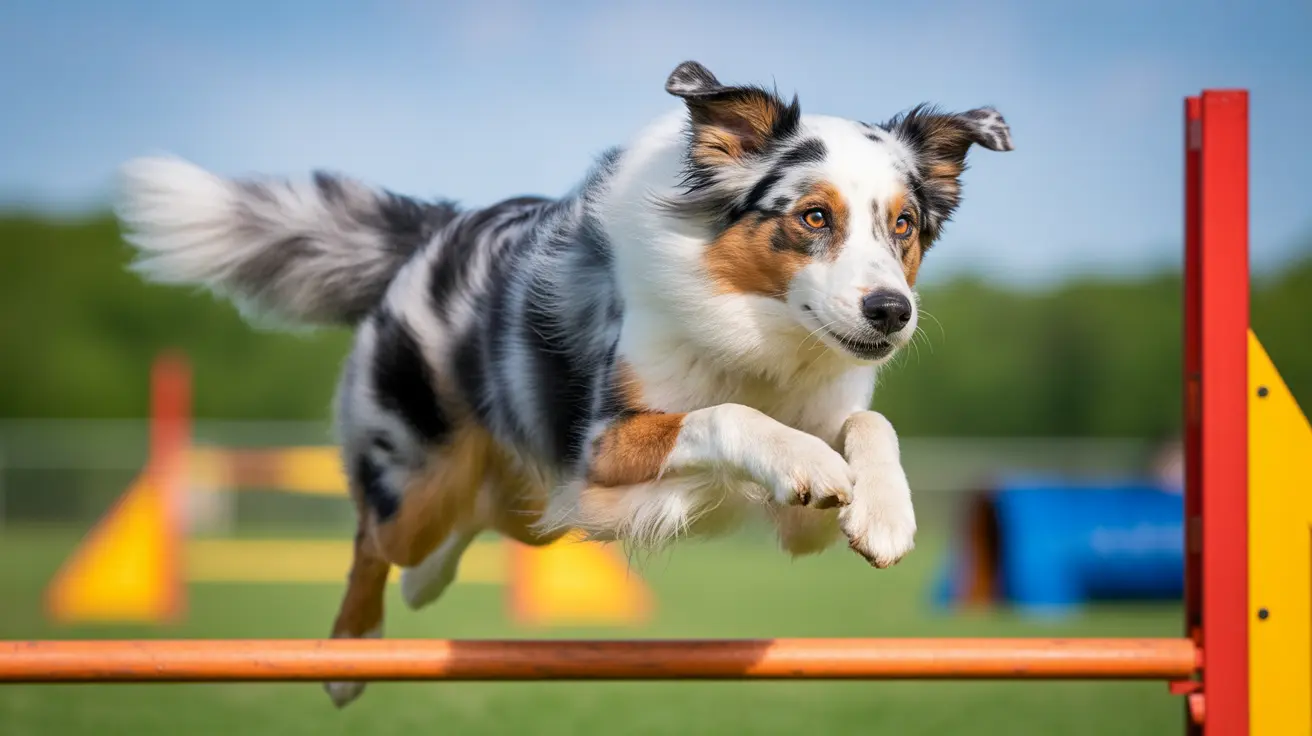Understanding and Treating Hypertrophic Osteodystrophy (HOD) in Dogs
Hypertrophic Osteodystrophy (HOD) is a developmental, inflammatory bone disease that primarily impacts fast-growing large and giant breed puppies. Though usually self-limiting, the condition can range from mild to severe and requires attentive care and tailored treatment. Here's an in-depth look at how to treat dogs diagnosed with this condition.
What is Hypertrophic Osteodystrophy?
HOD is characterized by painful swelling of the metaphyses of long bones, especially in the forelimbs. Although the exact cause remains unclear, potential contributors include genetics, dietary imbalances, autoimmune responses, and infections like the canine distemper virus.
Common Symptoms
- Swelling and pain in the limbs
- Lameness, often in multiple legs
- Fever and lethargy
- Loss of appetite and reluctance to move
- Eye or nasal discharge, diarrhea, skin symptoms, and respiratory signs in severe cases
Diagnosis
Veterinarians typically diagnose HOD through a combination of:
- Physical examination noting swelling and pain
- Radiographs showing characteristic "double physis" lines and new bone development
- Bloodwork to rule out other conditions, though results are often normal
Treatment Options
Treating HOD involves a supportive care approach aimed at managing pain and systemic symptoms. Here are the primary methods:
1. Pain Management
- NSAIDs (Non-Steroidal Anti-Inflammatory Drugs) are often used for mild-to-moderate cases.
- Corticosteroids may be used in severe or unresponsive cases, especially in breeds like Weimaraners.
2. Hospital Care
- Severely affected puppies may require hospitalization.
- Fluid therapy for hydration
- Opioids for severe pain
- Gastrointestinal support with antacids and anti-nausea medications
3. Antibiotics and Immune Support
- Antibiotics may be used to prevent secondary infections, particularly if the immune system is suppressed.
4. Nutritional and Physical Management
- Dietary correction is essential—calcium and vitamin supplementation should be avoided unless directed.
- Puppies may need to follow a specialized diet formulated for large breeds.
- Exercise restriction and physical therapy may help prevent long-term deformities.
Prognosis and Duration
Episodes typically last 7–10 days and can recur intermittently until skeletal maturity. Most dogs recover fully, but in rare cases, permanent bone changes or deformities may occur. Early recognition and tailored care are crucial for favorable outcomes.
When is Euthanasia Considered?
In highly severe and unresponsive cases that significantly impair quality of life, euthanasia may be considered after thorough veterinary and ethical evaluation.
Prevention
Because the exact cause is unknown, prevention can be tricky. However, the following measures help minimize risk:
- Feed high-quality, balanced puppy food specifically made for large or giant breeds.
- Avoid supplements unless prescribed, especially those containing calcium or vitamins A, C, or D.
- Limit intense exercise until growth plates have closed.
- Provide safe housing to reduce falls or injury to growing limbs.
Conclusion
Hypertrophic Osteodystrophy is a painful but often manageable condition seen in growing dogs. With proper veterinary guidance, supportive treatment, and responsive care, most puppies affected by HOD go on to live healthy lives. Early intervention, nutritional attention, and careful monitoring are your best tools in managing this condition effectively.





